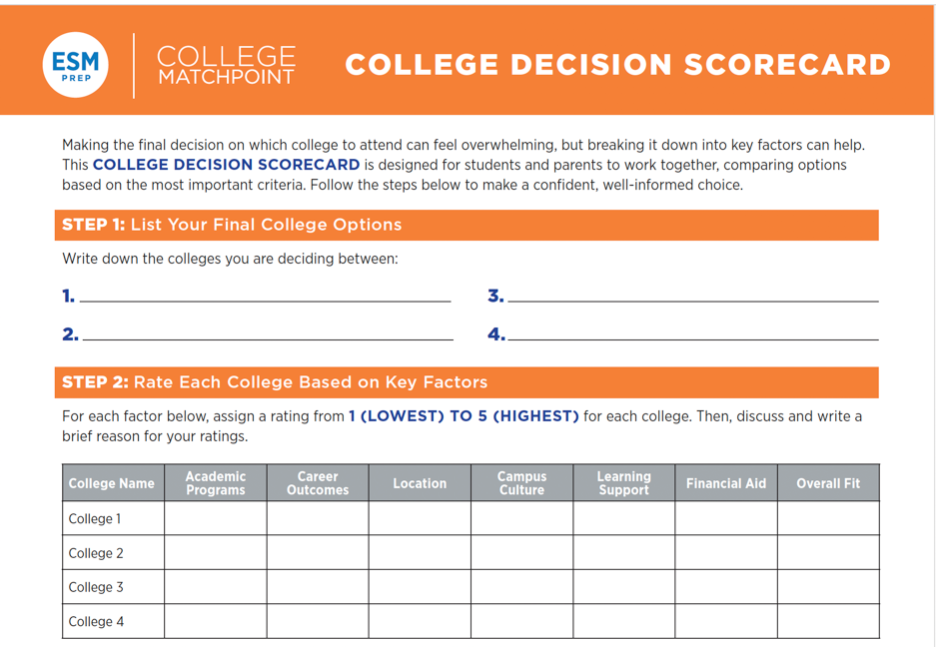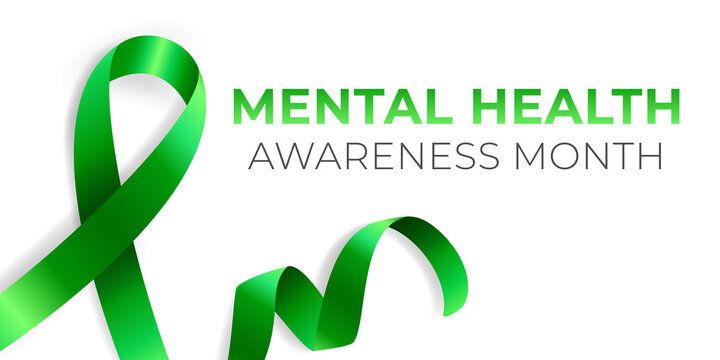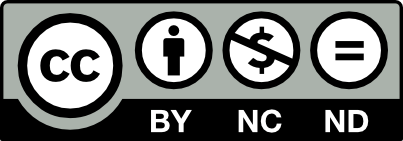This page is licensed under Creative Commons under Attribution 4.0 International. Anyone can share content from this page, with attribution and link to College MatchPoint requested.
Posts tagged College Planning

High school is about more than grades and test scores. Activities give students the chance to discover new interests, refine skills, and grow into themselves. They also play a major role in how admissions officers evaluate applicants. When colleges review applications, they read activities alongside transcripts, test scores, essays, and recommendations. The goal is not to see who did the most, but to understand who a student is and what they might bring to a campus community. Every student will have a different path, and every activity list will look unique. The key is not to try to “game” the system, but to build a record that reflects genuine interests and growth. Let’s take a closer look at how activities are read in admissions and what families should keep in mind as students shape their high school years.

If your student is heading into senior year, you may already be feeling the pressure of looming college deadlines—and one of the biggest decisions often hits just as school starts: should they apply Early Decision? The numbers are compelling. At some selective colleges, the ED acceptance rate is two to three times higher than regular decision. But those numbers only tell part of the story. Early Decision comes with a binding commitment, financial tradeoffs, and a need for clarity that not every student has in the fall. This guide will help you understand what ED really means, who benefits most, and how your family can make a confident, informed choice.

It’s easy to fall into the trap of building a college list around prestige. For many students, that means stacking the list with reach schools—those with low admit rates and big-name reputations—while treating match and possible schools like afterthoughts. But here’s the thing: a balanced college list isn’t just a safety net—it’s a strategy for success. With so much unpredictability in admissions, especially at public flagships and highly selective schools, having a thoughtful mix of options ensures good news come spring. A balanced list doesn’t mean lowering your goals. It means expanding your options, aligning with your future, and making sure that when spring comes around, good news is part of the equation.

Choosing the right college is one of the most significant decisions you'll make. It’s a choice that affects your education, career opportunities, social experiences, and financial future. With so many factors to consider, it’s easy to feel overwhelmed. But take a deep breath—this is an exciting moment! The good news is that there’s no single “right” choice. The best decision is the one that aligns with your values, goals, and future aspirations. Most colleges and universities set a final decision deadline of May 1 of a student’s senior year. It’s essential to compare options thoroughly but also to make a timely decision to secure your spot. This guide will walk you through a step-by-step approach to choosing your college with confidence and excitement!

Applying to college is one of the most stressful experiences for high school students today. Research shows that 76% of students view the process as a life-defining moment, and 73% worry that even a small mistake could negatively impact their chances of admission. With increasing academic expectations, social comparison, and the overwhelming amount of advice available, it’s no surprise that the admissions process can lead to heightened anxiety, depression, and even disordered eating patterns. While some level of stress is expected, it’s critical to recognize when it becomes a serious concern—and to take action to protect teen mental health.

The college admissions landscape often feels like it's built for students with sky-high GPAs and perfect test scores, but the truth is, there are fantastic schools out there for students with a "C" average. These institutions provide strong academics, robust student support, and opportunities for career preparation while offering a welcoming environment for students who may not have a 4.0 GPA. Here, we’ve rounded up some of our favorite hidden gem universities—both public and private—that offer impressive academic programs, strong student resources, and an environment where students can truly thrive.

As your 8th grader begins thinking about their transition to 9th grade, they’re likely feeling a mix of excitement and nervousness. The jump from middle school to high school brings new opportunities and responsibilities, and the classes they choose now will set the tone for their high school experience. Sitting down to discuss their options can help ease their nerves and give them the confidence to make thoughtful decisions. Balancing core academic subjects, electives that spark curiosity, and a manageable workload is key to creating a schedule that supports both growth and well-being. Here are some important considerations to keep in mind as you guide your teen through this process and help them build a foundation for success in high school.

Staying on top of a demanding high school course load is definitely challenging. Between heavy reading assignments, tests in multiple subjects looming at once, and hours of homework every night, you’ll want to build effective organization and time management skills to help you succeed while balancing the rest of your activities and social life.

Your high school transcript is more than just a record of grades—it’s a window into your academic journey and potential. Admissions officers use it to evaluate your course selections, academic rigor, and growth over time, all within the context of your school’s offerings. Understanding how your transcript is assessed can help you make strategic choices that showcase your strengths and align with your goals. Whether you’re navigating AP courses, considering GPA trends, or reviewing your school’s profile, every detail on your transcript contributes to your story as a student. Let’s explore how colleges analyze transcripts and what steps you can take to make yours stand out.

As the first month of senior year is underway and students begin hearing from their school counselors about the tasks ahead of them, some students may feel behind. Not to worry! There is plenty of time to work through the steps you need to take. Just work through the following game plan and check off each item as you complete it. You’ll feel great knowing you are completing everything on time. And if you set your mind to it, you can finish your essays and applications by early action deadlines.


